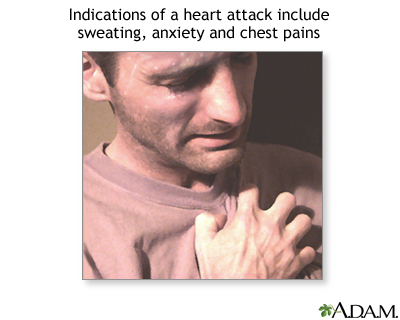
While the use of emergency angioplasty and clot-busting drugs to treat heart attack patients in the United States has increased significantly since the mid 1990s, about 10 percent of eligible patients still don't receive these therapies.
That's the finding of a new study in the American Journal of Medicine.
A team of researchers led by cardiologists at the University of Michigan Cardiovascular Center and the Yale University School of Medicine analyzed national data on more than 238,000 people who had heart attacks between 1994 and 2003. All of the patients had a type of heart attack for which emergency reperfusion is appropriate.
During that 10-year period, the percentage of eligible patients who did not receive emergency reperfusion declined from more than 20 percent to 10 percent. While that's a major improvement, having 10 percent of eligible patients go untreated is still too high, the study authors said.
Eligible patients most likely to miss out on emergency reperfusion included: Those whose heart attack symptoms didn't include typical symptoms such as chest pain; those who didn't reach the hospital until six or more hours after the start of their heart attack; women; people over age 75; and non-white people.
More information
The American Heart Association has more about heart attack treatments.
| Tags: Cholesterol, Heart Health, Work and Life Health |
Labels: Cholesterol, Heart Health, Women's Health
Post a Comment